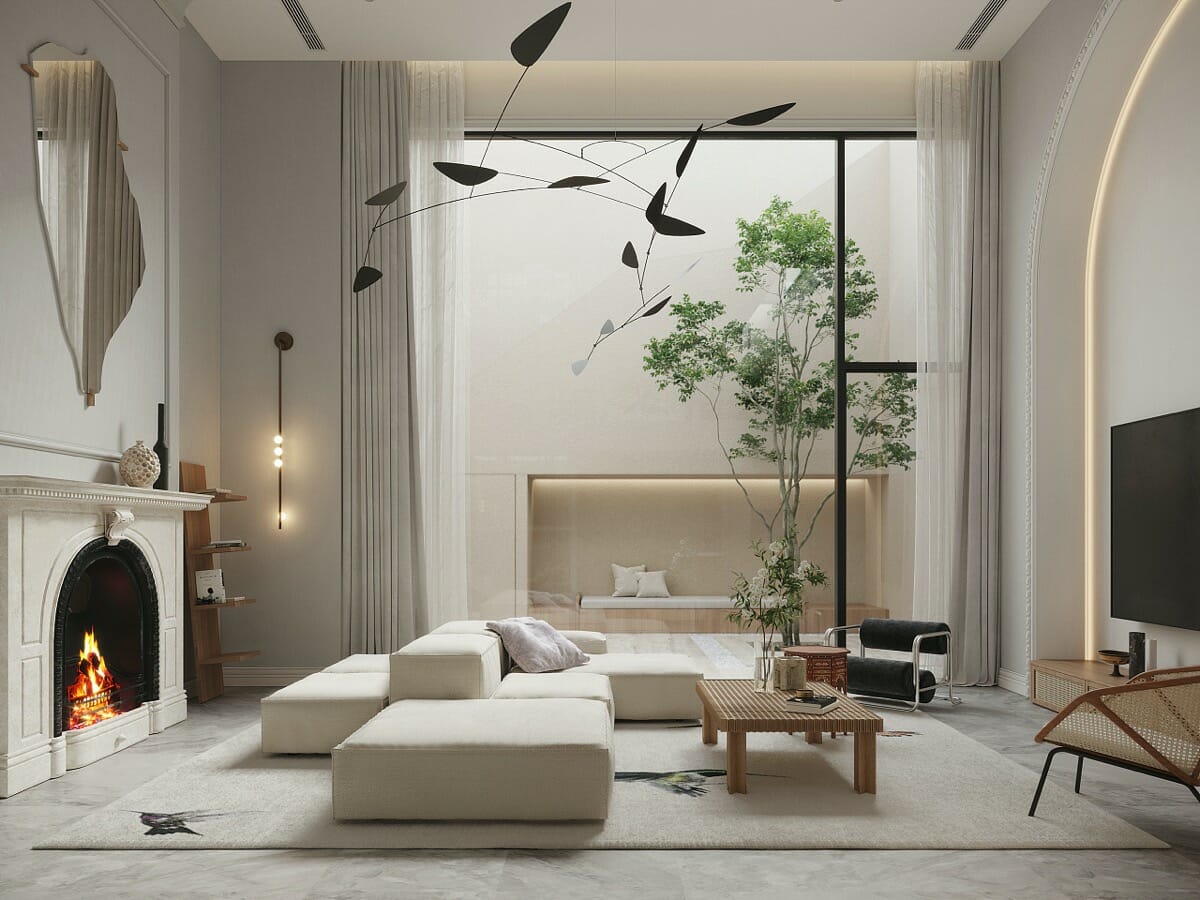Lighting In Home Design

Lighting in Home Design: A Comprehensive Guide
Lighting plays a pivotal role in home design, transforming spaces and enhancing their functionality. From ambient illumination to accent lighting, each type of lighting serves a specific purpose, creating a harmonious and visually appealing environment.
Types of Lighting
Ambient Lighting:
- Provides general illumination throughout a room, creating a sense of spaciousness and brightness.
- Examples: Ceiling lights, chandeliers, recessed lighting
Task Lighting:
- Designed for specific activities, such as reading, cooking, or working.
- Examples: Desk lamps, under-cabinet lighting, reading lamps
Accent Lighting:
- Highlights architectural features, artwork, or other objects to create visual interest.
- Examples: Picture lights, spotlights, wall sconces
Differences Between Lighting Types
| Feature | Ambient Lighting | Task Lighting | Accent Lighting |
|---|---|---|---|
| Purpose | General illumination | Specific activities | Highlight features |
| Brightness | Moderate | High | Low to moderate |
| Distribution | Evenly dispersed | Focused beam | Directional |
| Ambiance | Bright and open | Functional | Dramatic |
| Examples | Ceiling lights | Desk lamps | Picture lights |
Choosing the Right Lighting
Selecting the appropriate lighting for your home involves considering several factors:
Ease of Installation:
- Recessed lighting requires professional installation, while pendant lights and table lamps are relatively easy to install.
Process of Installation:
- Wiring and electrical work may be necessary for some lighting fixtures, while others simply plug into an outlet.
Advantages and Disadvantages:
| Type | Advantages | Disadvantages |
|---|---|---|
| Ambient Lighting | Even illumination, spacious feel | Can be too bright |
| Task Lighting | Focused illumination, reduced eye strain | Can create shadows |
| Accent Lighting | Visual interest, highlights features | Can be distracting |
How to Use Lighting Effectively
What to Consider:
- The size and shape of the room
- The purpose of the space
- The desired ambiance
How to Achieve:
- Use a combination of lighting types to create a layered effect.
- Consider the color temperature of the bulbs to set the mood.
- Use dimmers to adjust the brightness and create different atmospheres.
Conclusion
Lighting is an essential element in home design, affecting the functionality, ambiance, and overall aesthetic of a space. By understanding the different types of lighting and their applications, homeowners can create a well-lit and visually appealing environment that meets their needs and enhances their daily lives.
FAQs
Q: What is the best type of lighting for a living room?
A: A combination of ambient, task, and accent lighting is ideal for living rooms, providing general illumination, focused lighting for activities, and visual interest.
Q: How do I choose the right color temperature for my lighting?
A: Warm white (2700K-3000K) creates a cozy ambiance, while cool white (4000K-5000K) provides a brighter and more energizing atmosphere.
Q: What is the importance of natural lighting in home design?
A: Natural lighting reduces energy consumption, improves mood, and creates a connection to the outdoors.
Closing Statement
Lighting is a powerful tool that can transform a home into a comfortable, functional, and visually stunning space. By embracing the principles of lighting design, homeowners can create environments that enhance their well-being and elevate their everyday experiences.
Disclaimer
The information provided in this article is intended for general knowledge and guidance purposes only. It is recommended to consult with a qualified electrician or lighting designer for specific lighting needs and installation requirements.